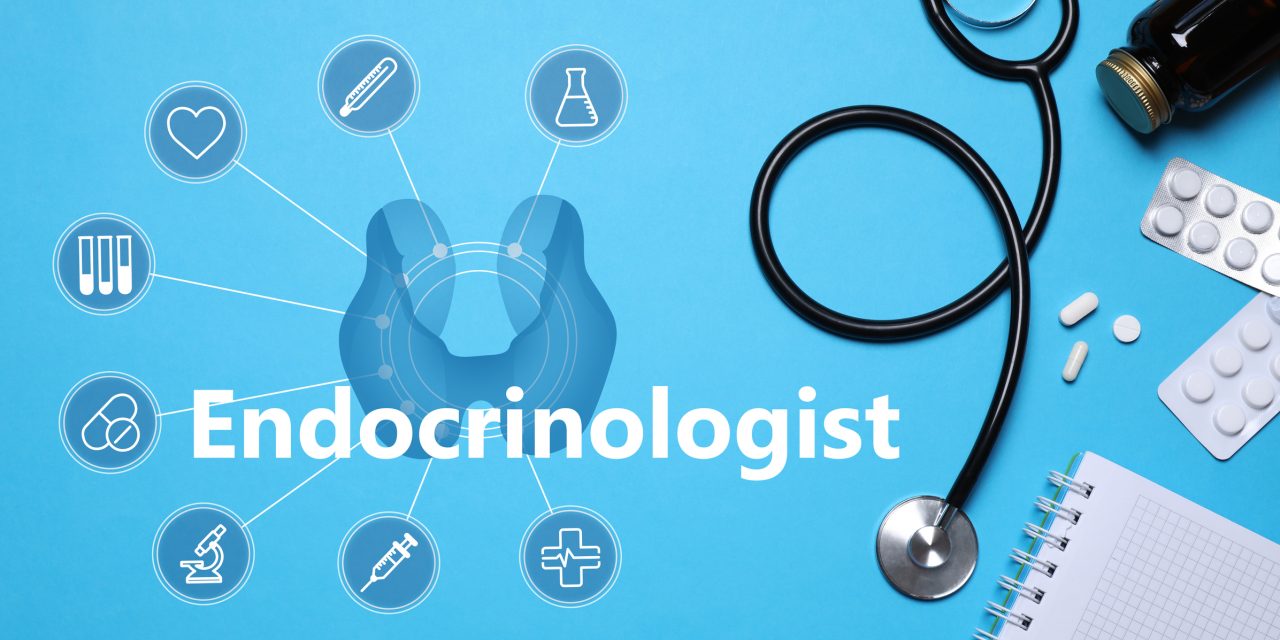Menopause, the permanent cessation of menses, reflects oocyte depletion and loss of gonadal steroids. It is preceded by a transition state, the perimenopause, which is characterized by the gradual loss of oocytes, altered responsiveness to gonadal steroid feedback, wide hormonal fluctuations, and irregular menstrual patterns. The goal of this mini review is to discuss the basic pathophysiology of the menopausal transition and the hormonal and non-hormonal management of clinicopathology attributed to it.
A Medline search of epidemiologic, population-based studies and studies of reproductive physiology were sought. A total of 758 publications were screened.
The reproductive hormonal milieu of the menopausal transition precipitates bothersome vasomotor symptoms, mood disruption, temporary cognitive dysfunction, genitourinary symptoms, and other disease processes that reduce the quality of life of affected women. The endocrine tumult of the menopause transition also exposes racial and socioeconomic disparities in the onset, severity and frequency of symptoms. Hormone therapy (HT) treatment can be effective for perimenopausal symptoms but its use has been stymied by concerns about health risks observed in postmenopausal HT users who are older than 60 and/or women who have been postmenopausal for greater than 10 years.
The menopause transition is a disruptive process that can last for over a decade and causes symptoms in a majority of women. It is important for clinicians to recognize early signs and symptoms of the transition and be prepared to offer treatment to mitigate these symptoms. Many safe and effective options, including HT, are available.
© The Author(s) 2020. Published by Oxford University Press on behalf of the Endocrine Society. All rights reserved. For permissions, please e-mail: journals.permissions@oup.com.
The Menopause Transition: Signs, Symptoms, and Management Options.


